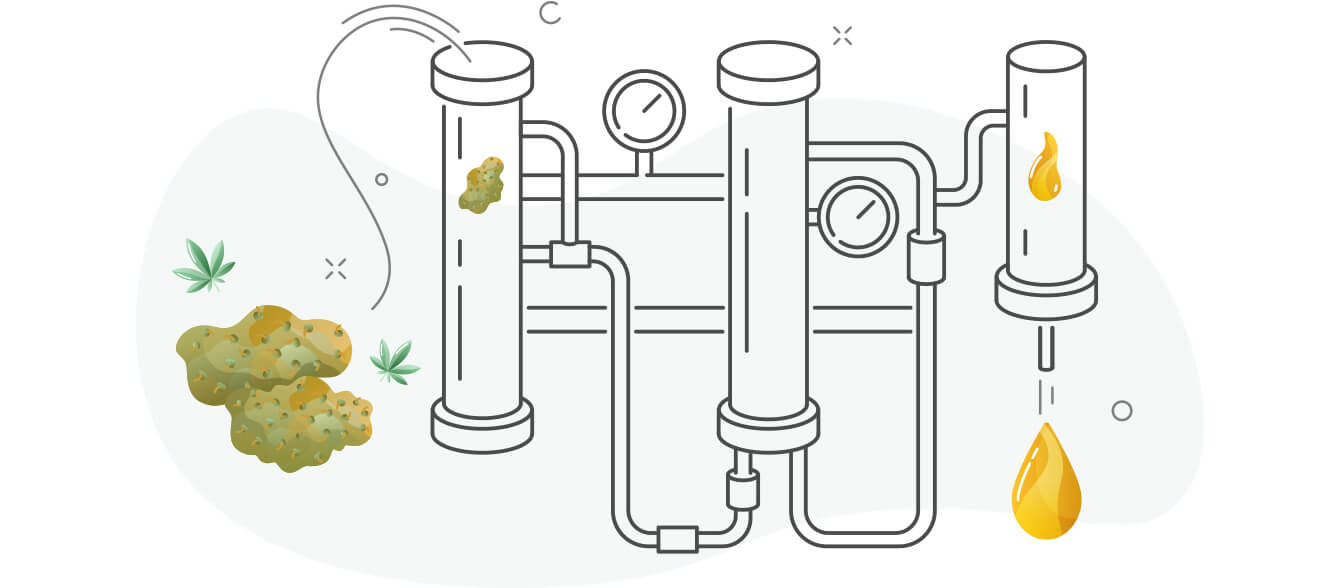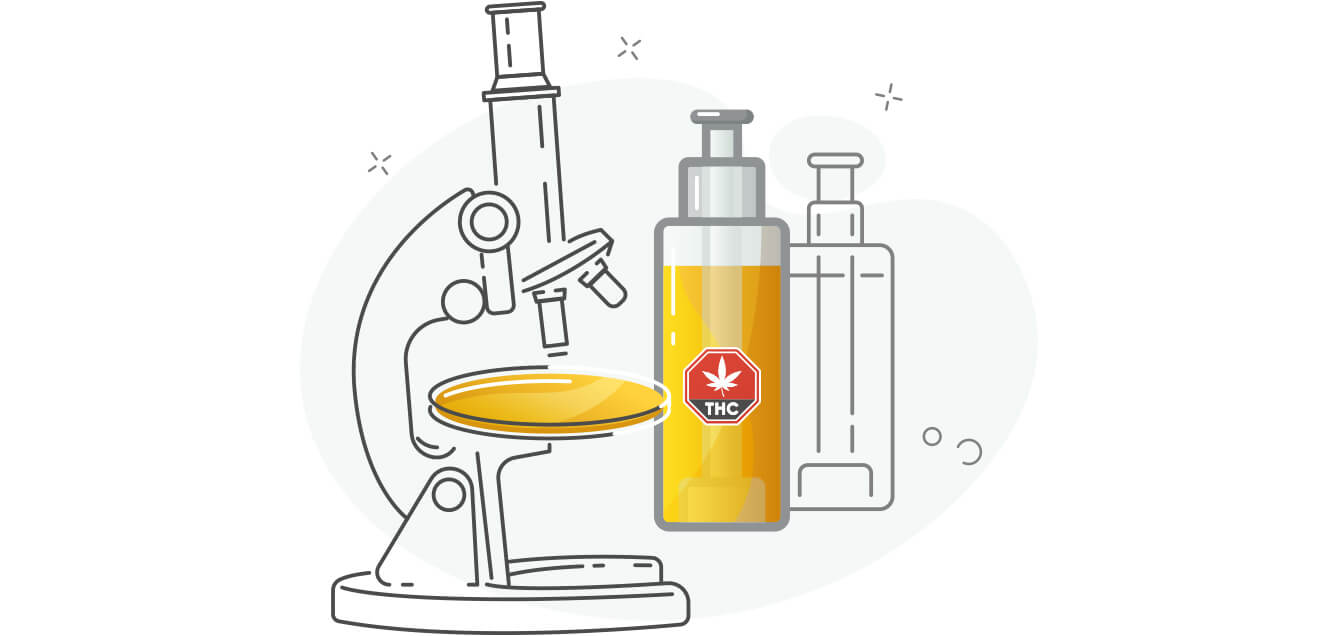How 510 Thread Vape Cartridges Are Made
Ever wondered about the magic behind those sleek 510 thread vape cartridges? Curious about what goes into your favourite vape cart? Let’s take a journey into the creation of these pocket-sized wonders.

When it comes to cannabis consumption, vapes offer unparalleled convenience and portability. Simply grab a vape cartridge, connect it to a 510 battery, and you’re set to embark on a flavourful journey. The battery works its magic, heating an atomiser inside the cartridge to produce vapour ready for inhalation.
These cartridges, commonly known as “vape carts,” are glass tubes preloaded with cannabis extract or concentrate. Among the various options, the 510 thread carts steal the show, thanks to their compatibility with the widely available 510 battery. Fun fact: the “510” label owes its origin to the battery’s five-millimetre length and the ten threads connecting it to the cart.
Read below to unravel the mystery of how cannabis transforms into your go-to 510 vape cart.
Step 1: Create the Cannabis Extract

The star ingredient in any vape cart is cannabis, typically in the form of a refined extract or concentrate. Producers employ various techniques, such as distillation, full-spectrum extraction, or live resin creation. For example, some use ethanol extraction process others may opt for CO2 extraction on dried cannabis
Step 2: Give It Flavour and Flow

Terpenes, the aromatic oils found in cannabis, play a crucial role. If lost during extraction, they’re added back for flavour. Some brands use naturally derived cannabis terpenes, while others may blend extracts with selected terpenes to ensure a consistent taste. If the extract lacks terpenes, a thinning agent like propylene glycol or vegetable glycerin may be added for proper viscosity. Regulations prohibit certain additives to ensure a clean product.
Step 3: Assemble and Fill

Once the cannabis extract is ready, the vape cart components are assembled, including the mouthpiece, liquid-holding tank or chamber, and heating element. Each company has its unique production line, but the process involves filling the cartridges accurately. Supreme, for instance, employs an automatic filler that heats up, ensuring precise fills for their Sugarleaf carts. Aphria’s dedicated team in Leamington, Ont., produces a staggering 24,000 carts per day.
Step 4: Lots and Lots of Testing

Quality assurance is paramount. Every batch undergoes third-party testing for ingredients, colour, viscosity, flavour, and potency. Rigorous checks for pesticides, heavy metals, and microbial contamination are conducted. Some producers go the extra mile, testing vapour emissions and ensuring the hardware functions correctly.
Step 5: Package It Up

